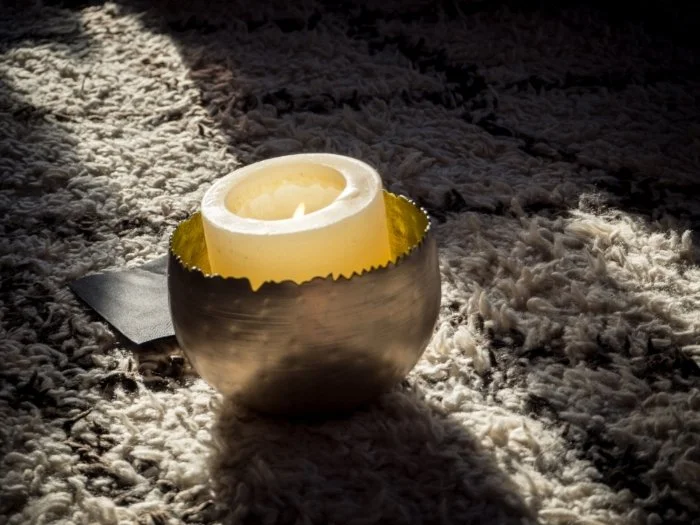Council: open spaces for attentive listening
Description of the method
A council is a way to open spaces that encourage attentive listening as well as honest and compassionate expression. It allows a new group of people to get in touch with each other very quickly and in an authentic way.
A simple way of council is sitting in a circle, attributing a center, agreeing basic intentions, using a talking-piece and conducting our attention to witness, attend and facilitate learning, support and wisdom inherently present within the participants, space and time allotted. A question or a topic is given into the circle. A very important rule is that people speak from the “I”, meaning out of personal experience and do not react to or interrupt the person with the talking-piece.
There are many different forms of council. Fishbone, Popcorn, Learning Council, Relationship Council, etc.. And there are many more that can emerge.
How to prepare?
Duration: A council can take any time from one hour to days depending on participants and topic. For larger groups, one often employs a timekeeper who keeps track of the time agreed upon and reminds the group regularly.
Materials needed:
A council needs a symbolic center, for example in the form of a candle, which is lit at the beginning and extinguished at the end of the session.
There is also a token (talking symbol) held by the person who is talking (e.g. piece of wood). A bell or gong is also needed to ensure the mindfulness of the circle, which also serves as a tool for the timekeeper to remind participants of the time.
It is important to choose different symbols/sounds for the various statements to be made, be it time, beginning and end of the council, or mindfulness of the space (e.g. bring calmness into the room, if it becomes agitated, remind people to speak from the “I” perspective).
How many people? A council can be held from 2 to 2000 people, depending on the format.

